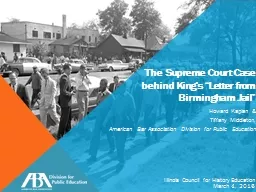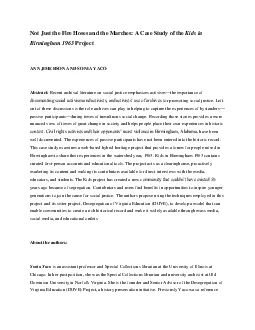PPT-UNIVERSITY OF BIRMINGHAM POLICY COMMISSION
Author : natalia-silvester | Published Date : 2017-07-15
HEALTHY AGEING IN THE c21st CENTURY THE BEST IS YET TO COME THE BACKDROP An increasing ageing population some 19 million over 65 by 2050 An increasingly superdiverse
Presentation Embed Code
Download Presentation
Download Presentation The PPT/PDF document "UNIVERSITY OF BIRMINGHAM POLICY COMMISSI..." is the property of its rightful owner. Permission is granted to download and print the materials on this website for personal, non-commercial use only, and to display it on your personal computer provided you do not modify the materials and that you retain all copyright notices contained in the materials. By downloading content from our website, you accept the terms of this agreement.
UNIVERSITY OF BIRMINGHAM POLICY COMMISSION: Transcript
Download Rules Of Document
"UNIVERSITY OF BIRMINGHAM POLICY COMMISSION"The content belongs to its owner. You may download and print it for personal use, without modification, and keep all copyright notices. By downloading, you agree to these terms.
Related Documents














